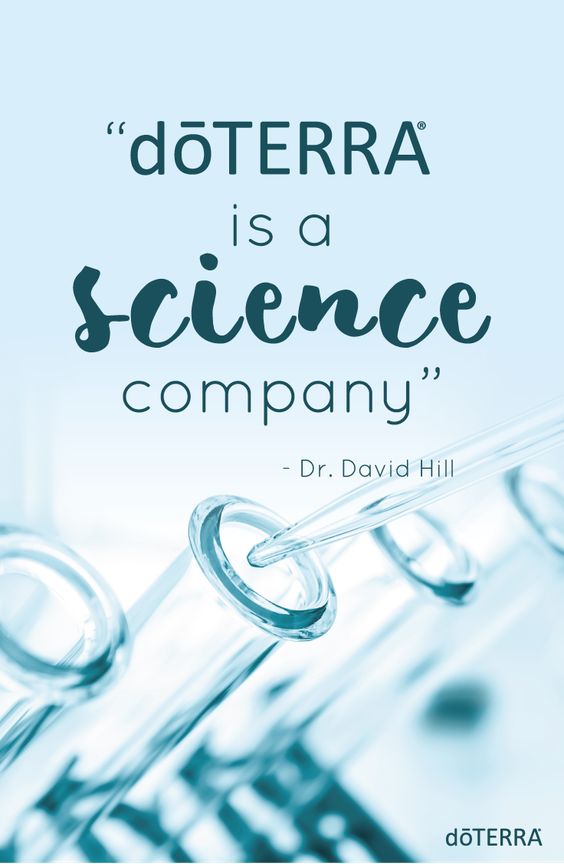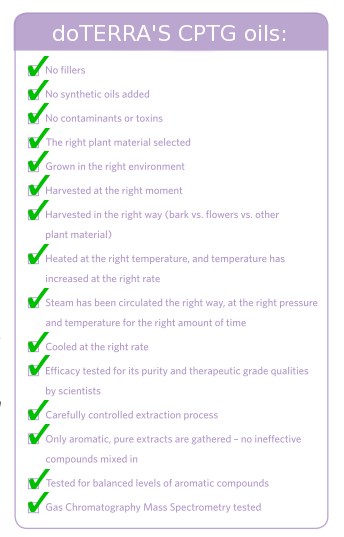What is it?
Why is it important?
Do all companies test their oils?
The label says it’s “Pure”…is it really?
These are questions you should ask of any essential oil you are looking to purchase. They are not all created equally. The labeling laws for supplements and health & beauty items are severely lacking and are very misleading.
doTERRA is cutting edge when it comes to testing practices, in fact, there is no other essential oil company in the world that does the stringent testing they do. Not just on one batch, but on every batch. They are a science company. Period.

Prestigious hospitals, universities and world renowned medical facilities have chosen doTERRA to partner with for medical based research. Why? Because no other essential oil company in the world has Certified Pure Therapeutic Grade essential oils. doTERRA pioneered them and is making an impact around the globe, drop by drop.

Let’s take a closer look at the testing. {You can see this link for a short video}
CPTG Certified Pure Therapeutic Grade® Quality Testing
The purity of an essential oil is its most important characteristic. Proper methods of growing, harvesting, and distilling are crucial to maintaining purity. Poor production practices and the development of synthetic essential oil variations suggest that it is impossible to accurately identify a pure essential oil without scientific analysis. Appropriate analysis of the constituents within an essential oil is one of the most challenging and detailed aspects of quality assurance.
Validation of Quality
Organoleptic Testing
Microbial Testing
Gas Chromatography and Mass Spectrometry Analysis (GC/MS)
Fourier Transform Infrared Spectroscopy
Chirality Testing
Heavy Metal Testing
Don’t be shy, if you are using other oils, call the manufacturer, ask them about their testing practices…ask them if you can see the results. And if you have never tried doTERRA or received samples from anyone, use the contact link to get in touch with me.

Leave a Reply